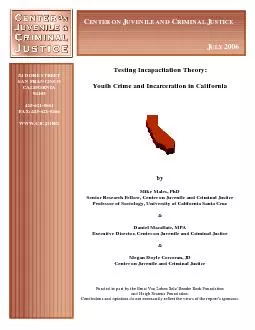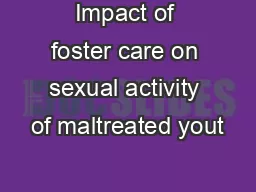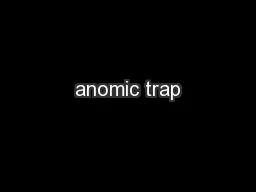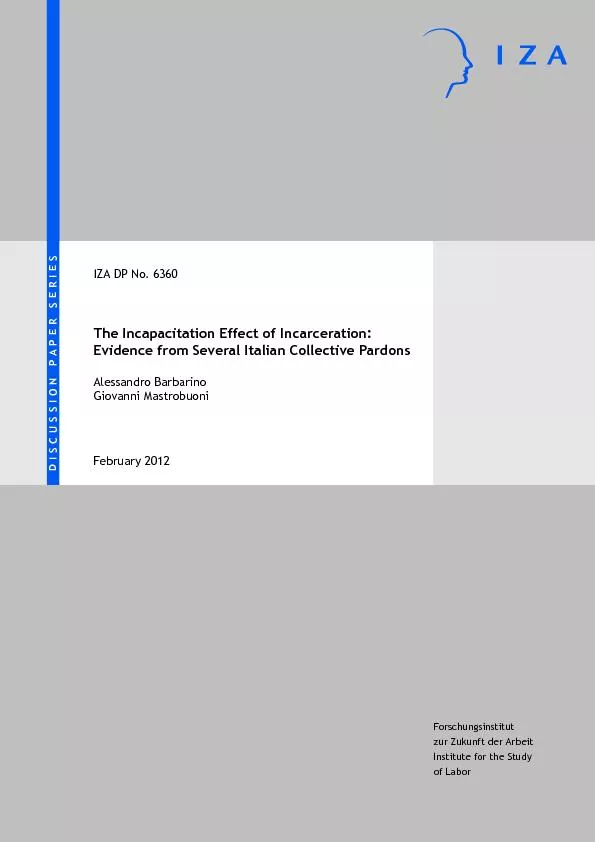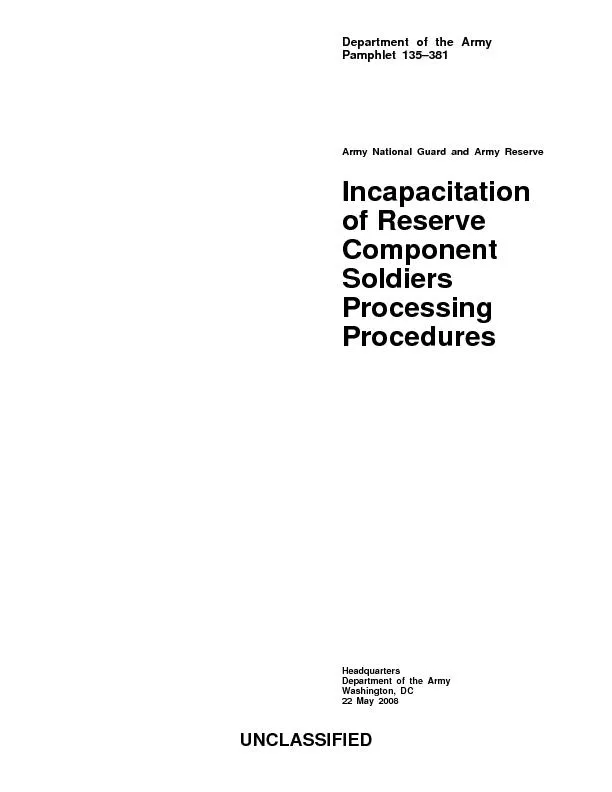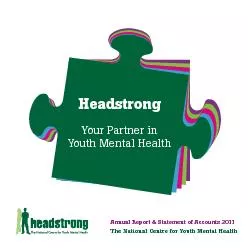PDF-Incapacitation Is Not the Answer Testing Incapacitation Theory: Yout
Author : lindy-dunigan | Published Date : 2015-08-12
ENTER ON JUVENILE A SAN FRANCISCO CALIFORNIA 94103 4156215661 FAX 4156215466 WWWCJCJORG Testing Incapacitation Theory Page 1 Testing Incapacitation Theory Youth
Presentation Embed Code
Download Presentation
Download Presentation The PPT/PDF document "Incapacitation Is Not the Answer Testin..." is the property of its rightful owner. Permission is granted to download and print the materials on this website for personal, non-commercial use only, and to display it on your personal computer provided you do not modify the materials and that you retain all copyright notices contained in the materials. By downloading content from our website, you accept the terms of this agreement.
Incapacitation Is Not the Answer Testing Incapacitation Theory: Yout: Transcript
Download Rules Of Document
"Incapacitation Is Not the Answer Testing Incapacitation Theory: Yout"The content belongs to its owner. You may download and print it for personal use, without modification, and keep all copyright notices. By downloading, you agree to these terms.
Related Documents

